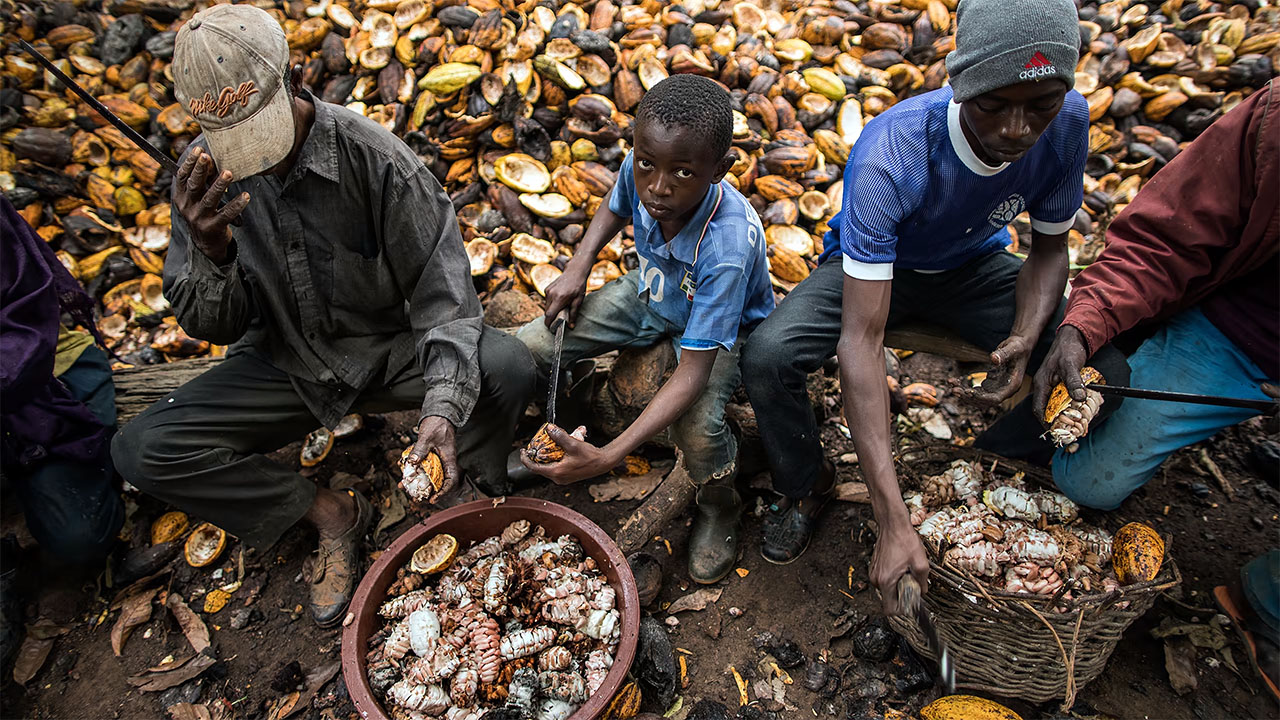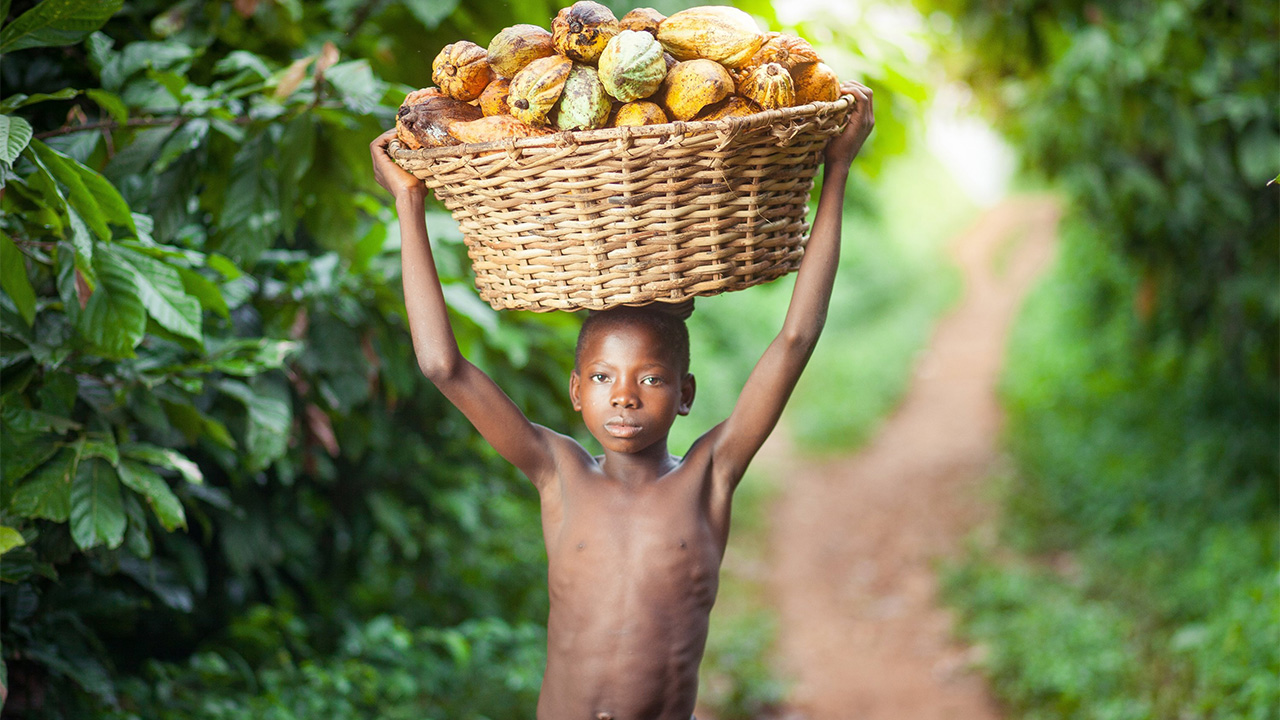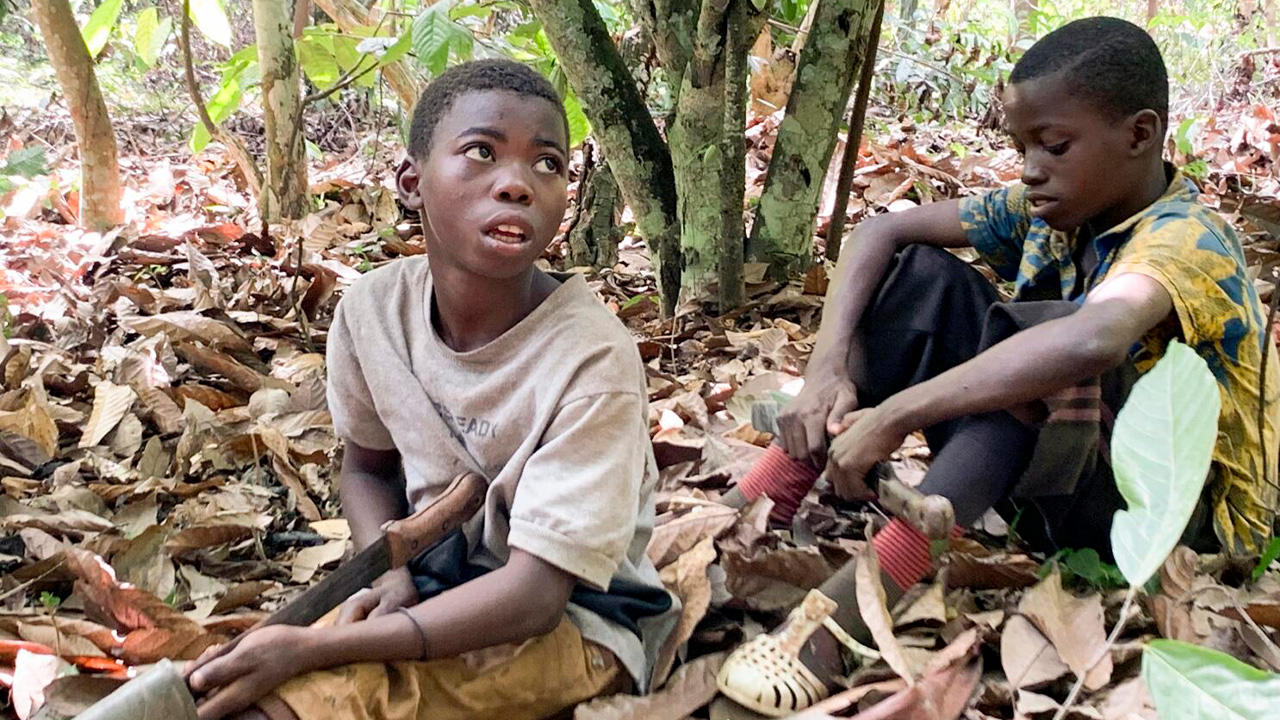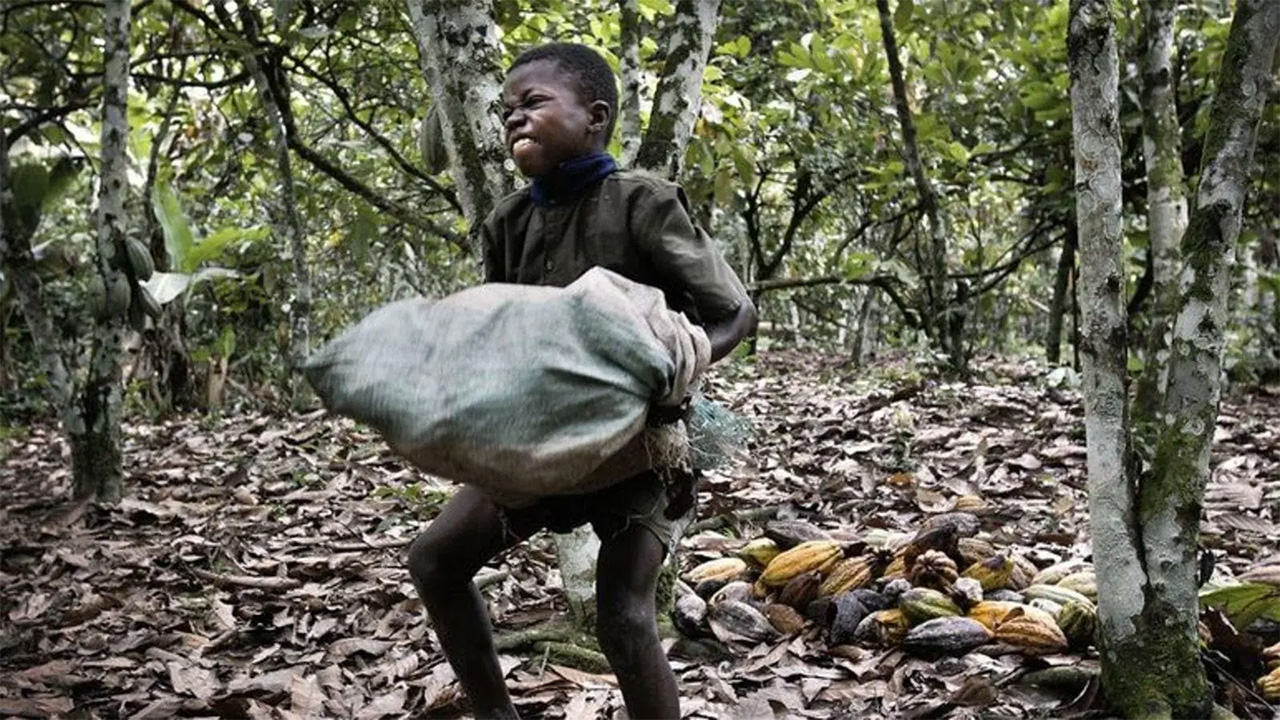Think about it, that sweet piece of chocolate with your morning coffee or a hot cocoa to accompany your tiredness in the evening… Could these small but indispensable tastes of our lives suddenly disappear from our lives one day? Here we answer this question.
The world’s chocolate needs Ivory Coast and Ghana, It carries a 70% rate. However, in Ghana, cocoa swollen shoot virus, approx. for over 6 years It has surrounded the trees. Moreover, there is no treatment for the virus yet.
Of course, it is not easy to take possible precautions for this situation because if you replant the cocoa tree, You have to wait for the fruit for about 4 years. necessary. Not only that, the people who grow and collect cocoa trees and provide their production to the world are unemployed.
First, let’s take a look at what kind of environments and how cocoa trees grow.
Chocolate, which is always in our homes, comes to our table after going through special processes. Extremely cocoa trees grown in special conditions, It is not a type of tree that you can plant and grow in your garden because humid and high rainfall areas are the most ideal regions for them.
It’s not just the virus that these trees are at risk from, it’s also rising temperatures It can seriously disrupt the ecology of the region.

An infected cocoa tree.
If you think that this is the only problem, you are wrong, unregulated mining sector; It also causes deforestation, soil degradation and water pollution. According to experts, in order to buy a chocolate exorbitant prices We may have to pay.
“Okay, let’s not eat it, I’m not a chocolate addict anyway.” You may be thinking, but there is something you ignore: Many cocoa farmers He has to earn his living from funny figures.
According to scientists, cocoa plants will most likely become extinct by 2050.

Research conducted by the IPCC (Intergovernmental Panel on Climate Change) shows that the average temperature for these countries is will increase significantly by 2050 revealed.
It may seem normal for those who do not know the temperature at which cocoa trees grow, but They need a temperature of 20 to 38 degrees We think it is understandable if we say so.
Don’t worry, there is still hope because scientists at the University of California Berkeley to modify the DNA of cocoa plants They reported that they used CRISPR technology (gene modification tool).
If plants are exposed to higher temperatures and to withstand lower humidity If they can modify it, future generations can enjoy the chocolate we all love.
What about the working conditions? If you think they charge high wages, you are seriously mistaken.

Cocoa was first brought to West Africa by farmers who wanted to grow it where labor was cheap or free. by European chocolate companies brought. This colonial legacy still lingers in the chocolate industry today.
As the chocolate industry has grown over the years demand for cheap cocoa also naturally increased. But most cocoa farmers earn less than $1 a day, so poverty line They survive on a very, very low level of subsistence.
Child labor is often used to keep prices competitive.

children in West Africa severe poverty conditions Is there anyone who doesn’t know that they don’t live under it? Because of this situation, many start working at a young age to support their families.
Some children come to them because they need work and human traffickers Because he said this job pays well Even though they went to cocoa farms, other children were taken away by their own relatives. to human traffickers or sold to farm owners.

We can give an example to help you understand the gravity of this situation created by human traffickers: Human traffickers usually involve young children, one of the poorest countries in the world Two of them are smuggled from small villages in neighboring African countries such as Burkina Faso and Mali.
In a village in Burkina Faso, in the village almost every mother He has a child who was kidnapped to cocoa farms. What happens to the kidnapped children? The children sell it to cocoa farmers.
Most children working on cocoa farms are between 12 and 16 years old, but reporters have also seen children as young as 5 years old.

on cocoa farms child workers for 14 hours What if we said it was working? Some children climb cocoa trees to cut bean pods using machetes.
After the children cut the bean pods from the trees, they see them with their pods full. Weighing more than 100 kilos They put them in sacks and carry them through the forest.
Aly Diabate, a former enslaved cocoa worker “Some sacks were taller than me. It took two people to put the bag over my head. If you didn’t hurry, you were beaten.“ says.
Ultimately, the possibility of losing cocoa perhaps reminds us that we need to re-evaluate our relationship with nature and take more conscious steps to protect children.
We may never see coffee in the future. How Does? It would be beneficial for you to read our content below.
RELATED NEWS
Enjoy the Coffee You Have Because We May Be the Last Generation to Drink the Best Coffee! So why?
You can find our other contents that may interest you below:
RELATED NEWS
For a Significant Reason, We Will Never Consume Chocolate Again After 40 Years
RELATED NEWS
The Story of Child Workers Who Don’t Even Know the Taste of Chocolate, Even Though They Produce Chocolate for Us
RELATED NEWS
Chocolate, Strawberries… According to Science, Do Aphrodisiacs Really Increase Sexual Desire, or Are They Just an Urban Legend?
RELATED NEWS
